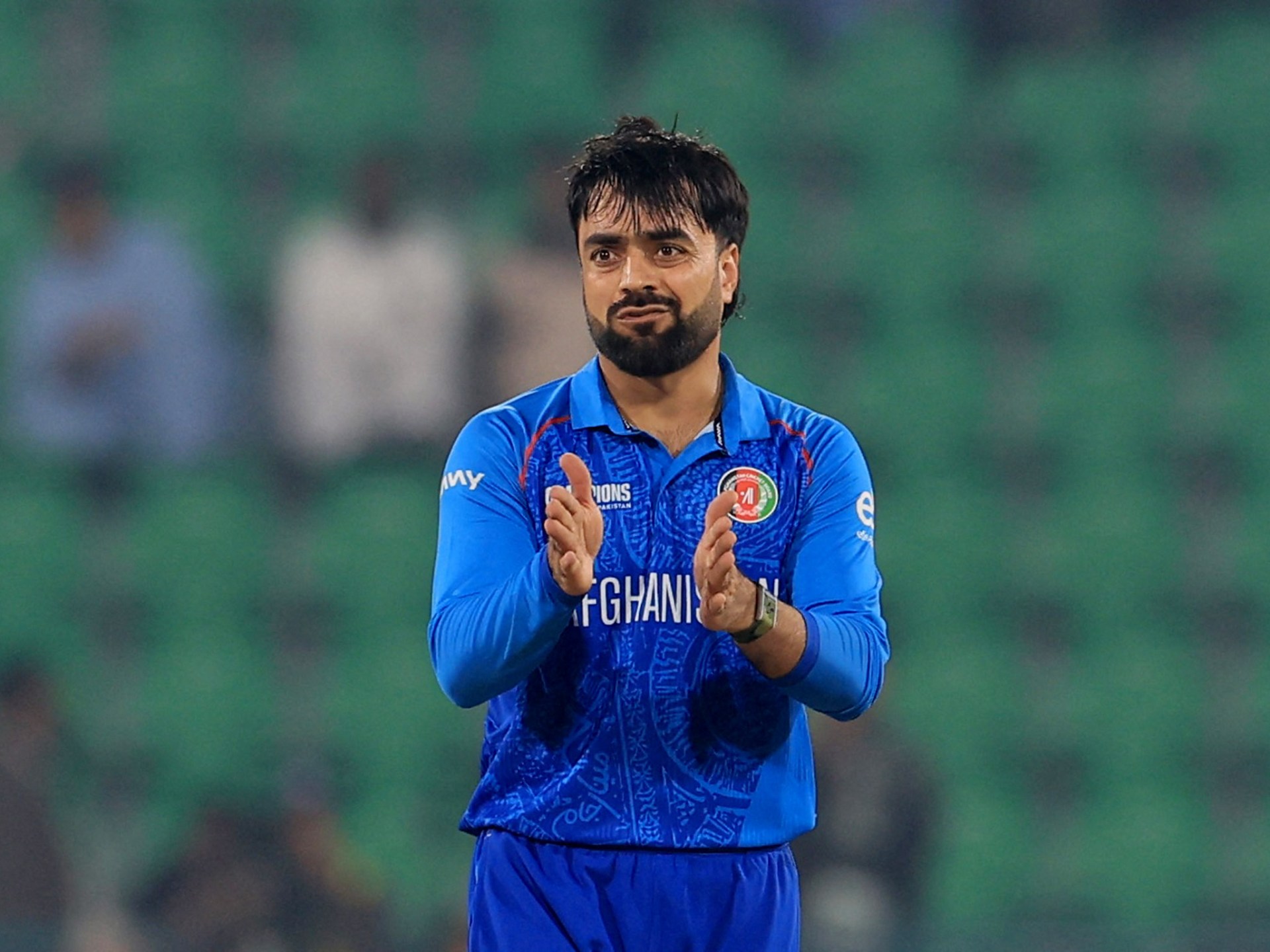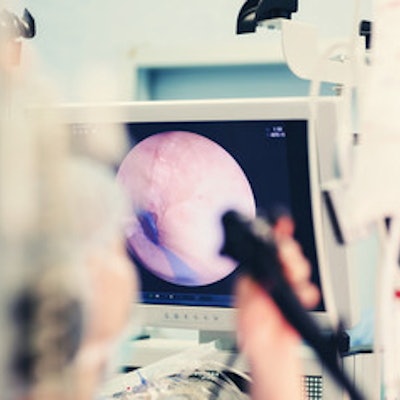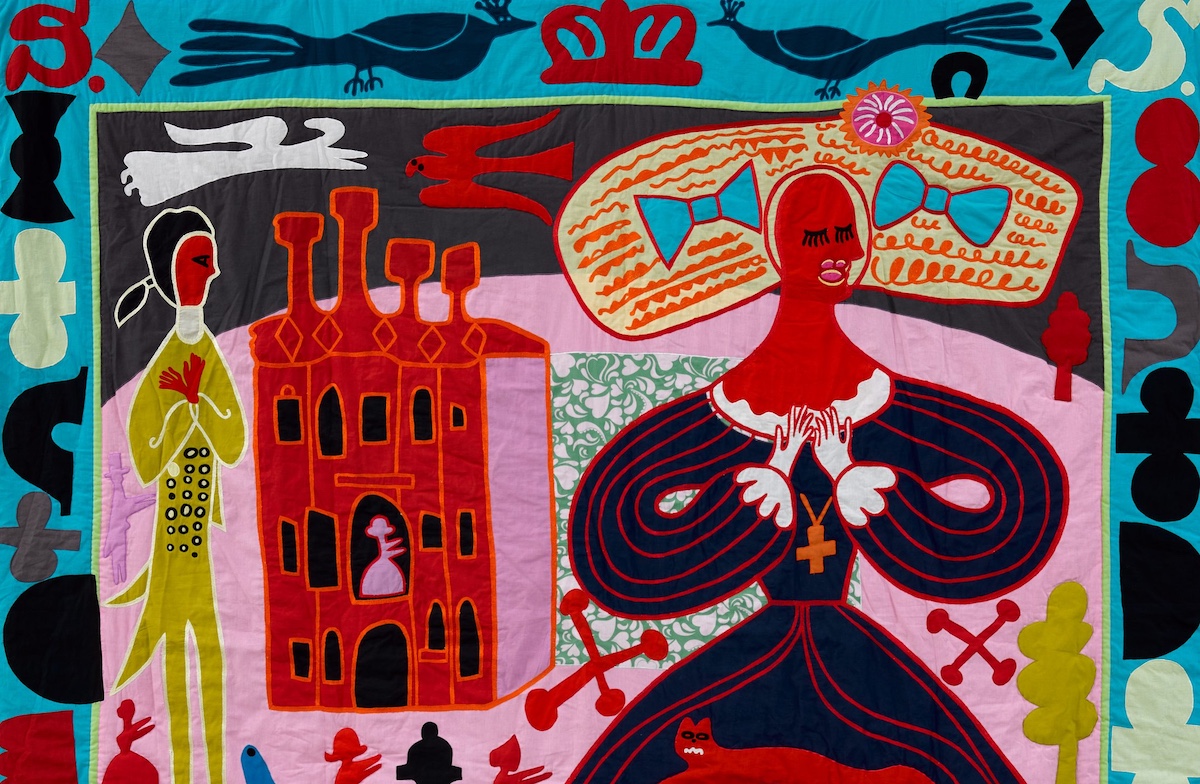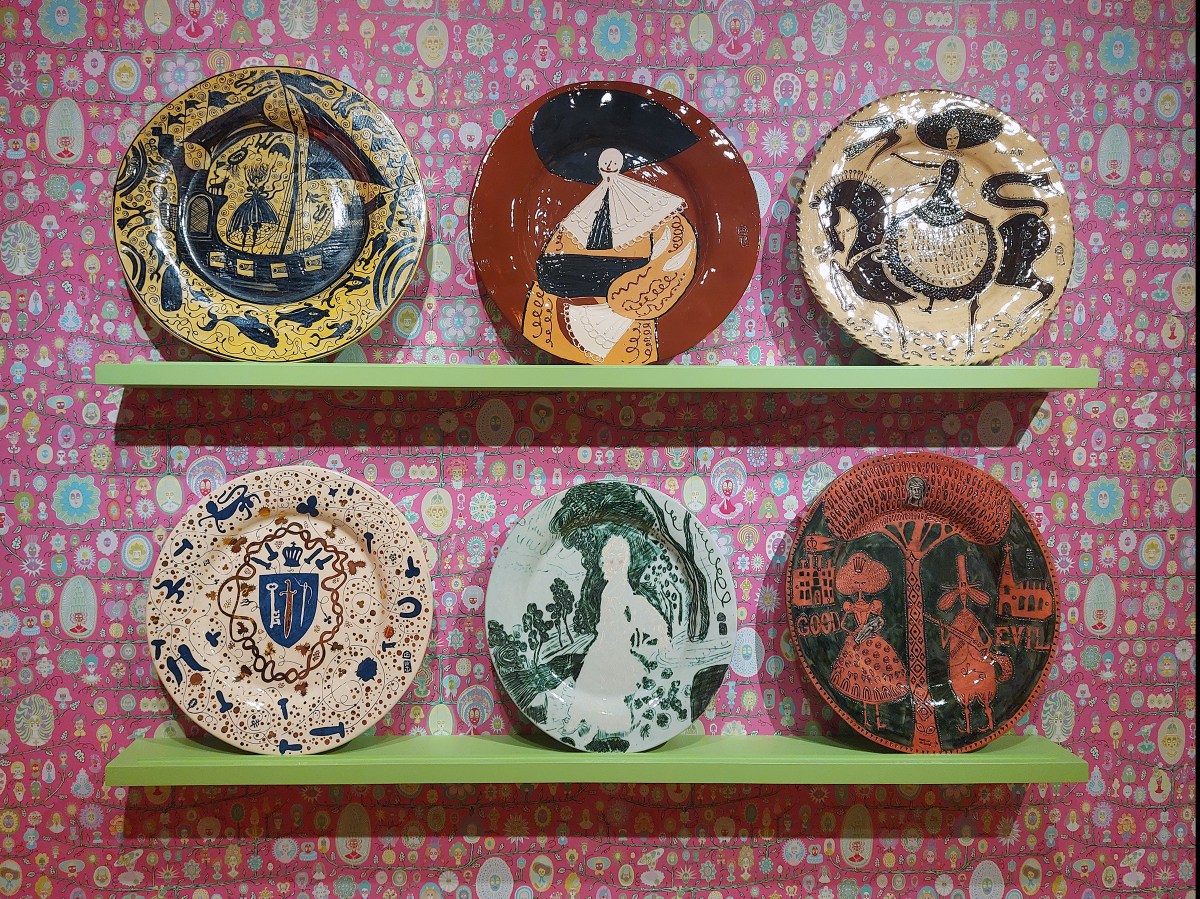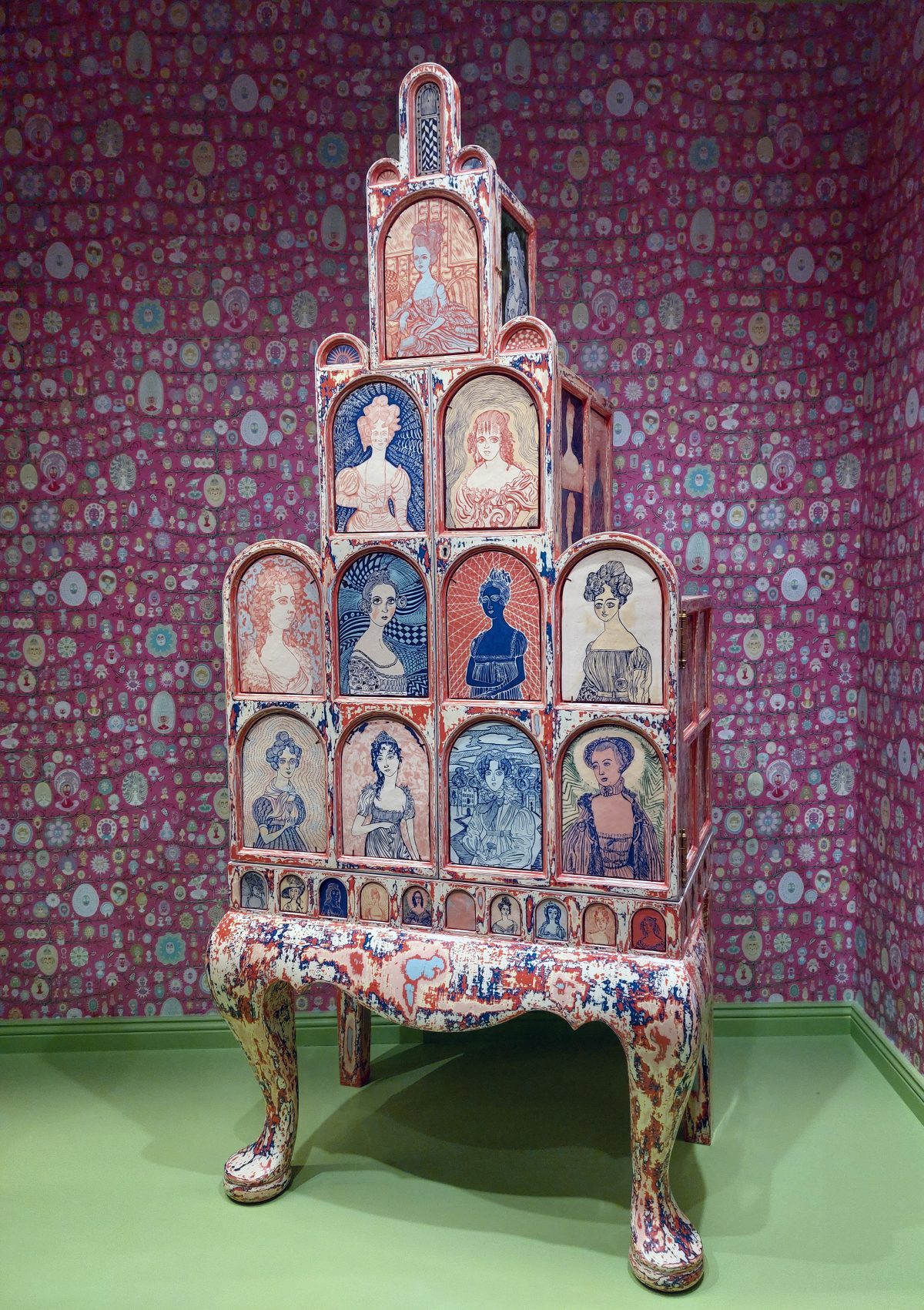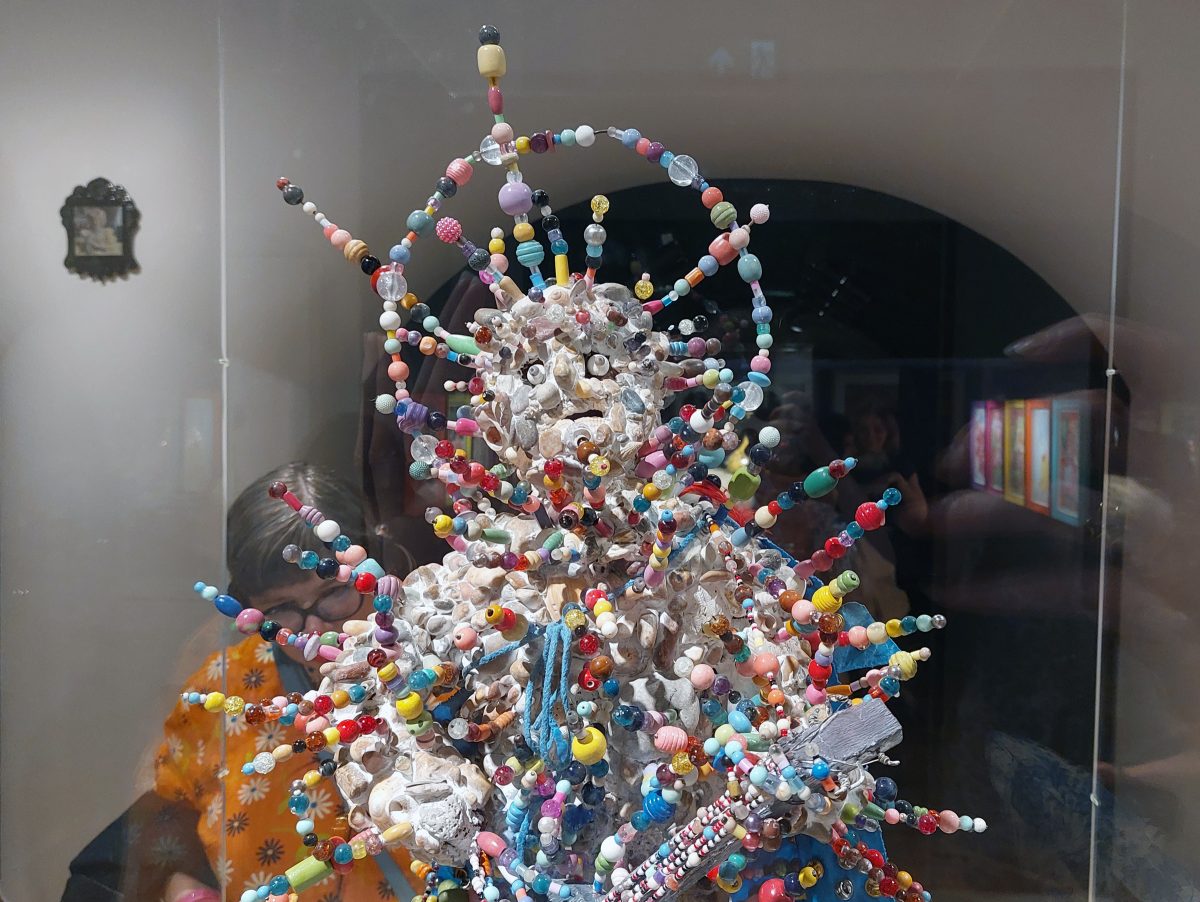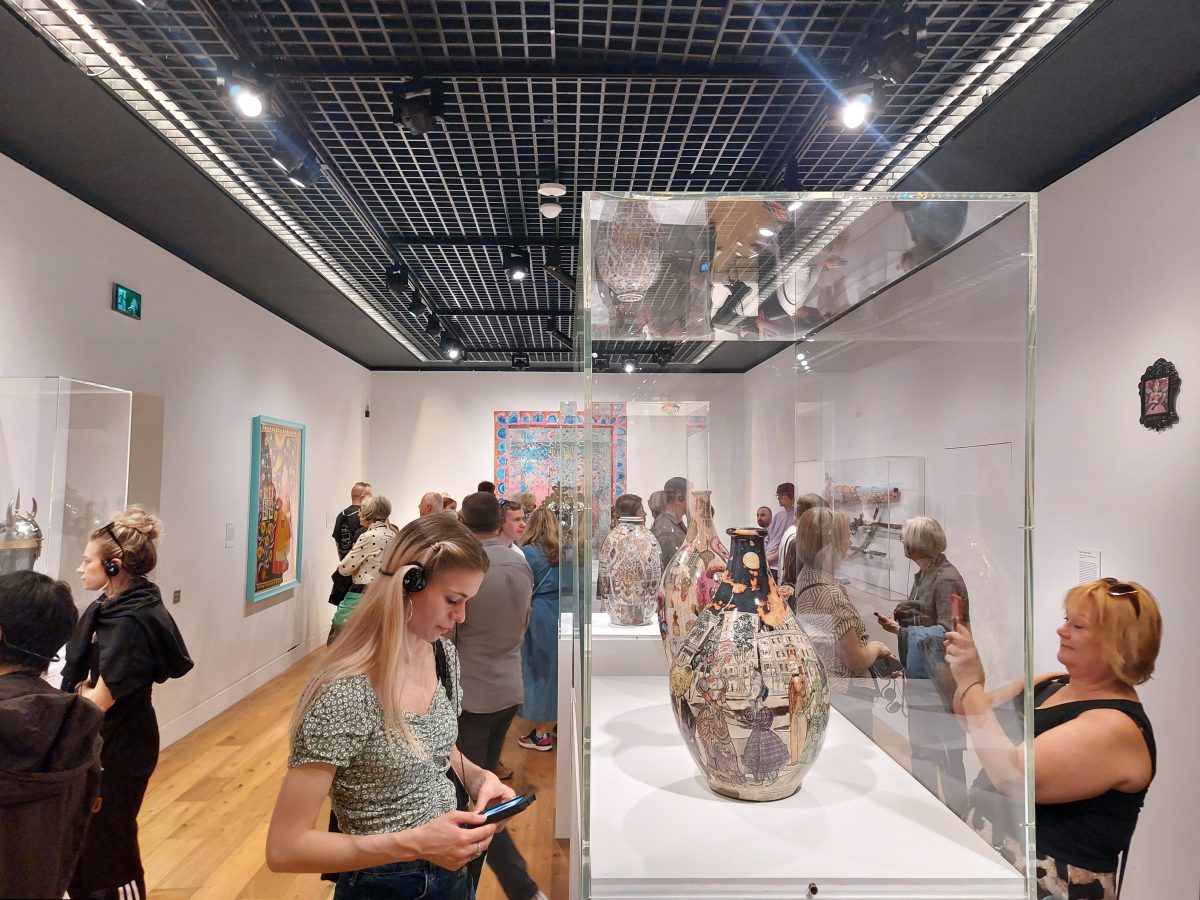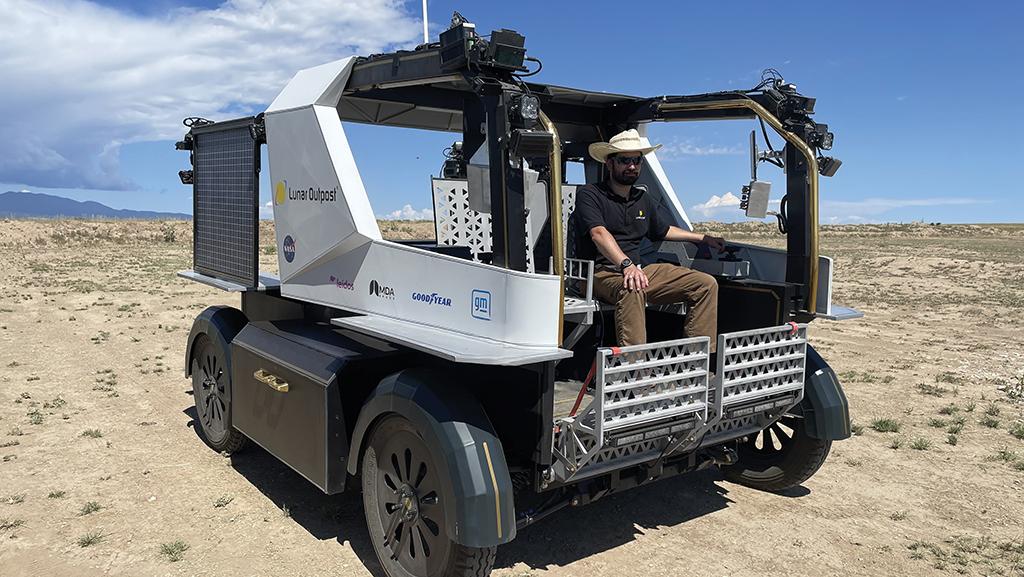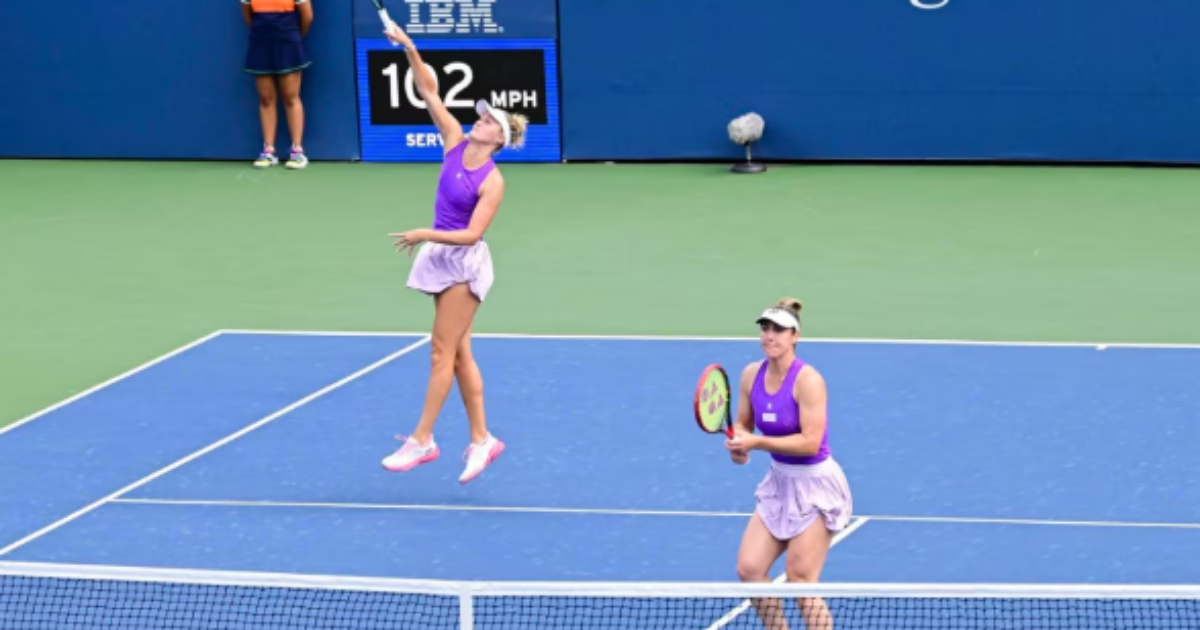Liposomal irinotecan (Onivyde) was first investigated as subsequent therapy in pancreatic adenocarcinoma before being incorporated into frontline combination chemotherapy. In a Case-Based Roundtable event in Washington, DC, moderated by Kashif Ali, MD, the evidence surrounding the optimized chemotherapy regimen was presented. Ali, a medical oncologist of Maryland Oncology Hematology in Silver Spring, Maryland, discussed the difficulty of directly comparing the efficacy of FOLFIRINOX (5-FU [5-fluorouracil], leucovorin [folinic acid], irinotecan, and oxaliplatin) with the newer regimen due to differences in patient population. He also discussed the apparent tolerability benefits, especially with appropriate use of dose reduction.
Register today to join a Case-Based Roundtable near you.
This article is part 2 of a 2-part series from a Case-Based Roundtable event.
Targeted Oncology: How did the NAPOLI 3 (NCT04083235) trial support the use of liposomal irinotecan in the first line?
Kashif Ali, MD: This is the newest approval in patients with metastatic pancreatic cancer. This is looking at NALIRIFOX [5-FU, liposomal irinotecan, leucovorin, and oxaliplatin], which is like modified FOLFIRINOX, except you’re substituting irinotecan for liposomal irinotecan. The reason it’s like modified FOLFIRINOX is because you’re not using the bolus 5-FU. The difference between this and the [NAPOLI 1 trial (NCT01494506)] is that liposomal irinotecan is at 50 mg/m2, not 80 mg/m2, which was in the previous trial. Even the oxaliplatin is a lower dose. It goes back to the tolerability.
It’s not FOLFIRINOX, because the oxaliplatin dose is lower. It is also a modified version, because you’re not giving the bolus. We know now that it causes less neutropenia than giving modified FOLFIRINOX. The control arm here was a good control arm, not 5-FU plus leucovorin or single-agent gemcitabine. It was gemcitabine/nab-paclitaxel, which is a potent regimen. The primary end point was overall survival [OS], and the secondary end points were overall response rate [ORR] and [progression-free survial (PFS)].
How did NALIRIFOX perform in the context of existing regimens?
It had the same median OS we saw with FOLFIRINOX.1,2 Now, these are different trials. We can’t compare them. Gemcitabine/nab-paclitaxel is going to do relatively [well], because it’s better than single-agent gemcitabine; the HR is 0.83 [95% CI, 0.70–0.99; P =.036].1 Even though the median OS here is 11.1 months, and if you look at the 18-month OS rate, 26% of [patients] are alive at 18 months, if you look at the [PRODIGE 4/ACCORD 11 trial (NCT00112658)], it was 18%.2 There’s something different here about this compared with the other one, because you’re flattening the curve there, and that’s why the 18-month survival there is 26.2 months, even though the median OS is the same.
The problem is, when you try to do cross-trial comparisons, even the gemcitabine/nab-paclitaxel is flattening, which is not the case with the gemcitabine/nab-paclitaxel trial. It’s a different patient population. Be careful when you look at that, because the gemcitabine/nab-paclitaxel trial was not like this.
What other takeaways are there based on NAPOLI 3?
The 18-month data look good, but I wouldn’t say based on this that [NALIRIFOX] is more potent. [However], is this going to be more tolerable? Are you going to have less neutropenia? Are you going to have fewer gastrointestinal adverse events [AEs]? And if you dose reduce, is it going to be of detriment to your patient?
Regardless of whether you had a high CA 19-9 or a normal CA 19-9, both benefited from this. With gemcitabine/nab-paclitaxel, normal CA 19-9 did not benefit, but with FOLFIRINOX and with NALIRIFOX, there’s a benefit either way, regardless of CA 19-9, and everything else benefited there, regardless of site of metastasis, age, or sex, [etc]. The confidence intervals are wide, because how often do you get metastatic [disease with lower CA 19-9]?
We saw in the FOLFIRINOX trial, the ORR was around 30%. The ORR here is 41.8% but the gemcitabine/nab-paclitaxel ORR is also very good [36.2%]. I think this is a different population. The stable disease rate was 26% for both gemcitabine/nab-paclitaxel and NALIRIFOX.
What was the tolerability of NALIRIFOX in this trial?
We think of FOLFIRINOX as being toxic and gemcitabine/nab-paclitaxel as being not as toxic. If you look at grade 3 or higher AEs, there was no difference: 86% and 87% between gemcitabine/nab-paclitaxel and NALIRIFOX. If you look at treatment-related AEs leading to dose reduction, it was the same. If you look at discontinuation based on AEs, it was the same. Treatment-related deaths were exactly the same at 6%. This shows that when you’re giving NALIRIFOX, the numbers may be exactly the same as FOLFIRINOX as far as efficacy, but the AE profile is very similar in some ways…to gemcitabine/nab-paclitaxel.
You’re going to get more diarrhea with NALIRIFOX at 20% vs 5%, [whereas] neutropenia and anemia were actually higher with gemcitabine/nab-paclitaxel. If you look at neutropenia, it was 14% with NALIRIFOX vs 25% with gemcitabine/nab-paclitaxel, and anemia was 11% with NALIRIFOX vs 17% with gemcitabine/nab-paclitaxel.
How do you approach dose reduction in this setting?
We have patients with pancreatic cancer. When they require dose reductions, we get nervous, because we have nothing else for them, and that’s their only hope. [With NALIRIFOX], patients who had dose reduction did better. Patients who had dose reductions when the liposomal irinotecan was dose reduced; the median OS was 12.6 months.3 When they were not dose-reduced, it was 9.4 months. Dose delays and restarting at the same dose is probably not a good idea. Dose delay and reducing the dose is a better idea. When the oxaliplatin was dose reduced, it was the same thing. [Those with] oxaliplatin dose reduced did better 13.5 months median OS vs 7.7 months if you chose not to dose reduce oxaliplatin.
The patients who did the best were the second to last dose reduction, meaning that, if the starting dose [of irinotecan] is 50 mg/m2, your median overall survival is 9.1 months. If you’re at a dose of 32.5 mg/m2, it was 16.9 months. The only ones who didn’t do as well as the second to last was the [lowest] dose, but even the [lowest dose] did better than the starting dose. So, if you’re at 25 mg/m2, median OS was 13.5 months, meaning survival was still better than the starting dose. It was the same thing [with oxaliplatin]; the second to last did the best: 17.1 months. Just keep in mind these are subgroup analyses, but still, this is an important point.
Register today to join a Case-Based Roundtable near you.
DISCLOSURES: There were no known relevant disclosures.
REFERENCES:
1. Wainberg ZA, Melisi D, Macarulla T, et al. NALIRIFOX versus nab-paclitaxel and gemcitabine in treatment-naive patients with metastatic pancreatic ductal adenocarcinoma (NAPOLI 3): a randomised, open-label, phase 3 trial. Lancet. 2023;402(10409):1272-1281. doi:10.1016/S0140-6736(23)01366-1
2. Conroy T, Desseigne F, Ychou M, et al. FOLFIRINOX versus gemcitabine for metastatic pancreatic cancer. N Engl J Med. 2011;364(19):1817-1825. doi:10.1056/NEJMoa1011923
3. Patel AJ, Laursen AA, Cockrum P, et al. Effect of dose adjustments on overall survival (OS) in patients with metastatic pancreatic ductal adenocarcinoma (mPDAC) treated with NALIRIFOX: A post hoc analysis of NAPOLI 3. J Clin Oncol. 2025;43(suppl 4):716. doi:10.1200/JCO.2025.43.4_suppl.716
